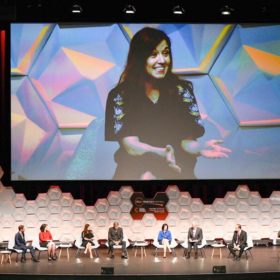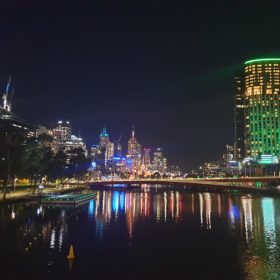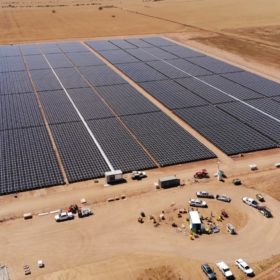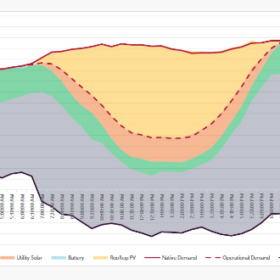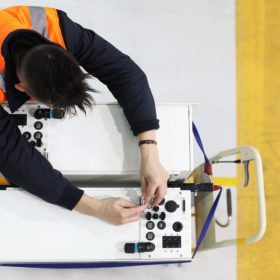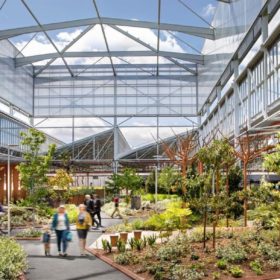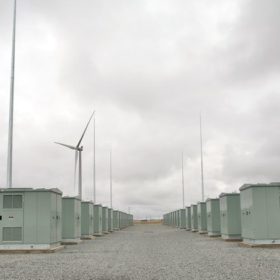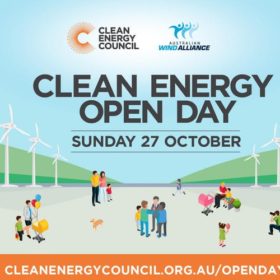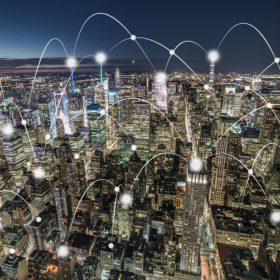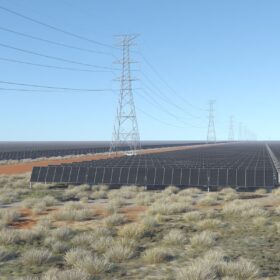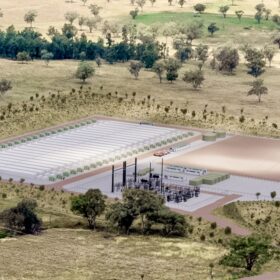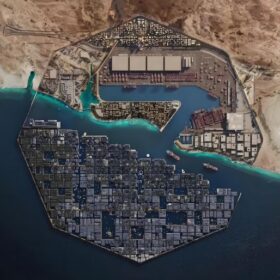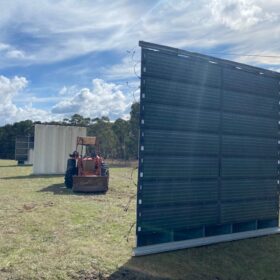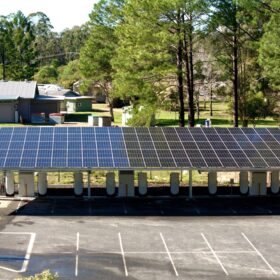All Energy Australia Day 2
Welcome to Australia’s largest national showcase of renewable energy at the Melbourne Convention and Exhibition Centre. Follow pv magazine live to keep updated on the latest Aussie solar PV and storage developments and trends from this year’s event, as they happen. Stay tuned!
All Energy Australia Day 1
Welcome to Australia’s largest national showcase of renewable energy at the Melbourne Convention and Exhibition Centre. Follow pv magazine live to keep updated on the latest Aussie solar PV and storage developments and trends from this year’s event, as they happen. Stay tuned!
Meralli Solar shortens installation time with PEG frame system
Uralla-based Meralli Solar has completed the installation of another solar farm in just eight weeks, thanks to Belectric PEG frame system. The 8.9 MW project sits at Baroota, South Australia.
Solar pushes demand in South Australia to new record low
On Sunday, South Australia set a new record for minimum operational demand at 475 MW. Rooftop solar led the way covering 64% of the total demand in the state.
Sonnen earns Australian Made label
Almost a year after the opening of its assembly and manufacturing facility at the site of the old Holden factory, German battery manufacturer Sonnen can now officially say its products are made in the land of kangaroos.
Installation of one of Australia’s largest rooftop solar arrays underway
The first rows of solar panels have been laid on the roof of the Main Assembly Building at Tonsley Innovation District. The 2.34 MW solar array will ultimately work in conjunction with on-site battery storage and smart technologies as part of South Australia’s first district energy scheme.
South Australia’s third big battery energized
Renewables developer Infigen has announced that the 25MW/52MWh Tesla battery at the Lake Bonney wind farm has been energised and registered with AEMO. The battery is expected to be fully commissioned by the year’s end.
Sausages set to sizzle as CEC announces inaugural Clean Energy Open Day
The Clean Energy Council (CEC) will host its first Clean Energy Open Day at Wind and Solar farms across five states on Sunday 27 October. The Open Day is the perfect opportunity for those curious about renewable energies and the energy transition, or simply those on the hunt for a good sausage sizzle.
New partnership to fend off cyber attacks on rooftop solar in South Australia
U.S. research corporation MITRE and the new Australian Cyber Collaboration Centre will partner to take on cybersecurity threats, with an initial focus on protecting South Australia’s smart grid.
Sonnen: NSW government is constantly pulsing the market
Despite a lack of initiative for the residential battery uptake on the federal level, action on the state and territorial level has been vigorous. In the run-up to the launch of the NSW subsidy scheme, sonnen CEO of APAC Nathan Dunn is talking about the manufacturer’s experience with other subsidy schemes in Australia and what it takes for a successful program.
